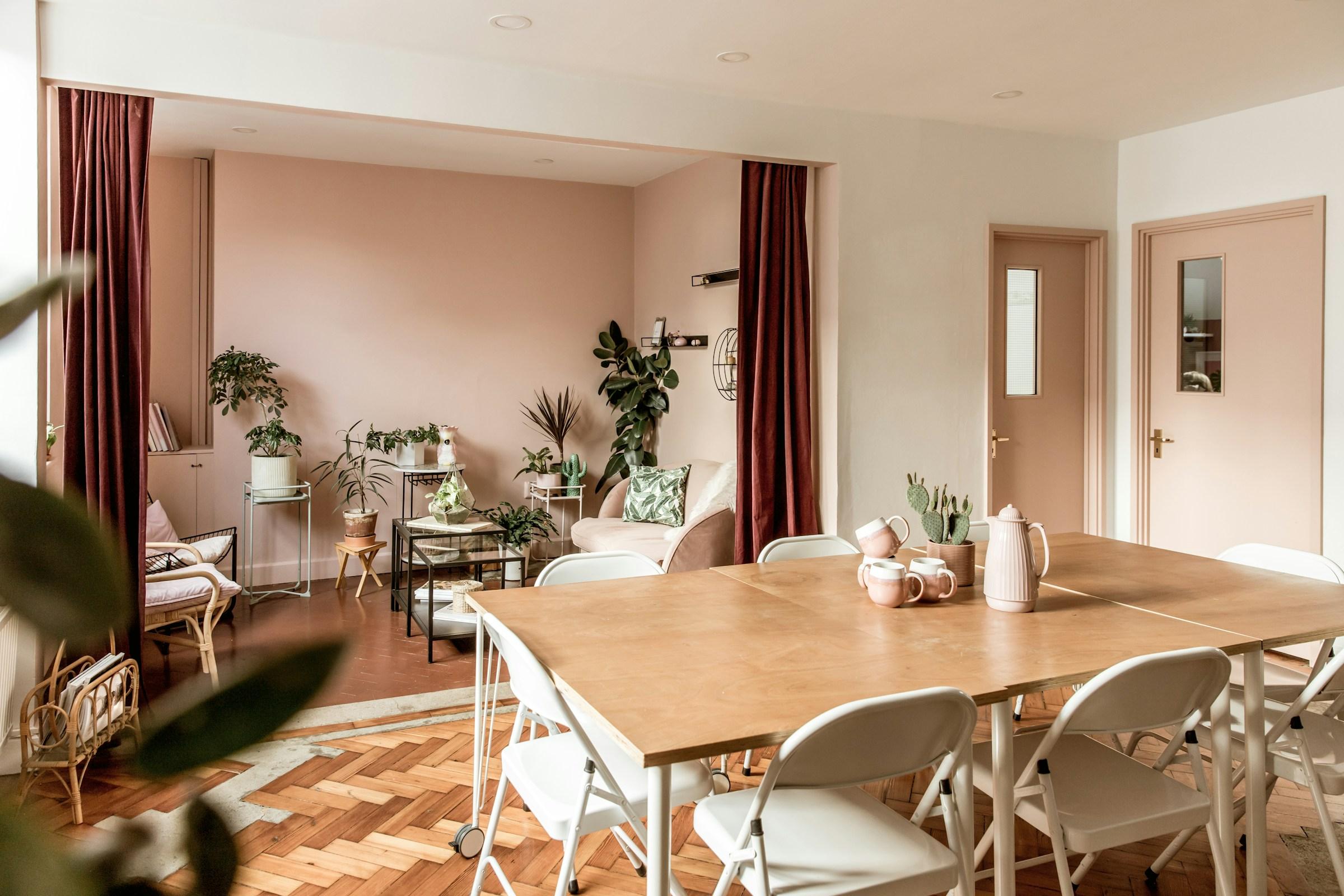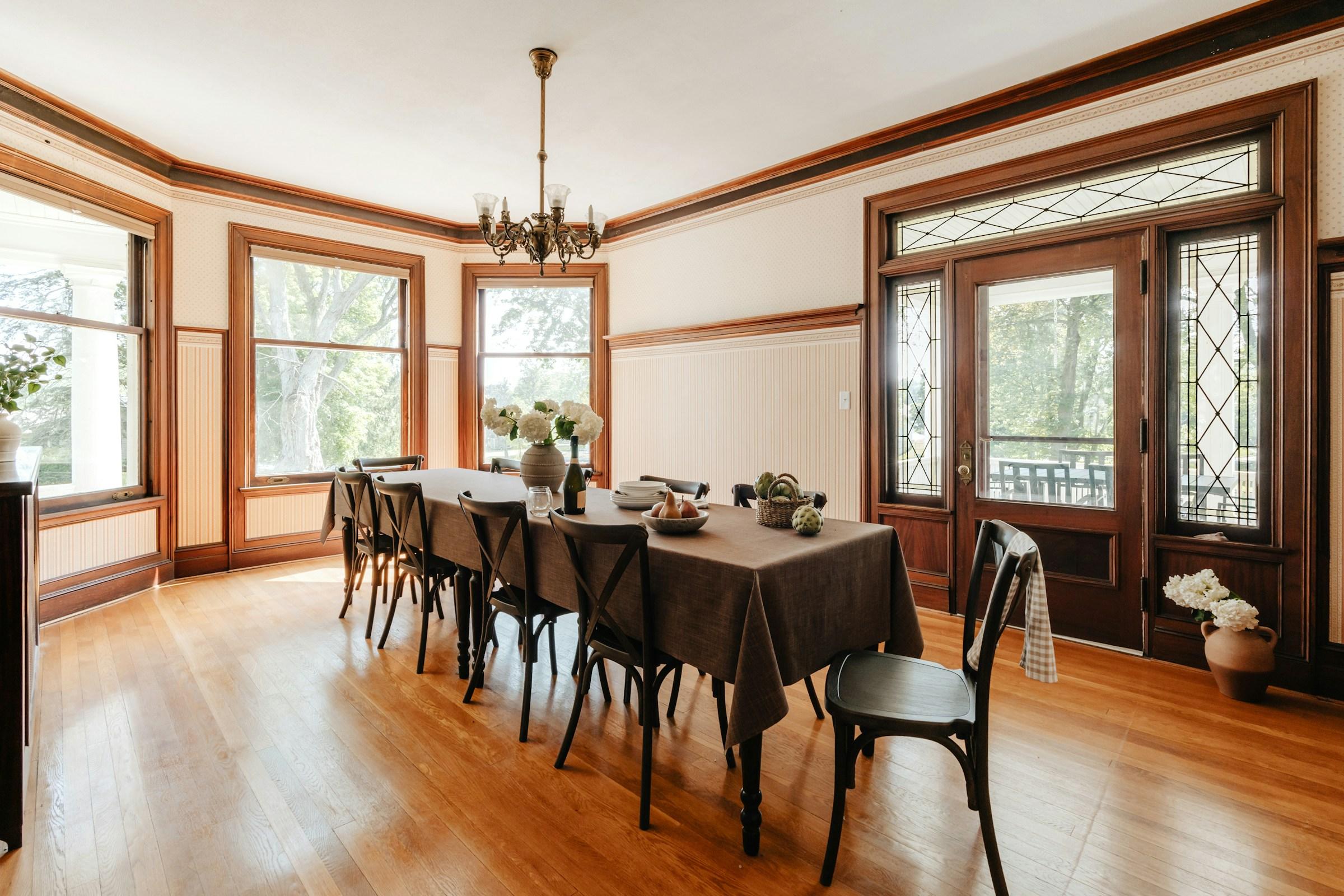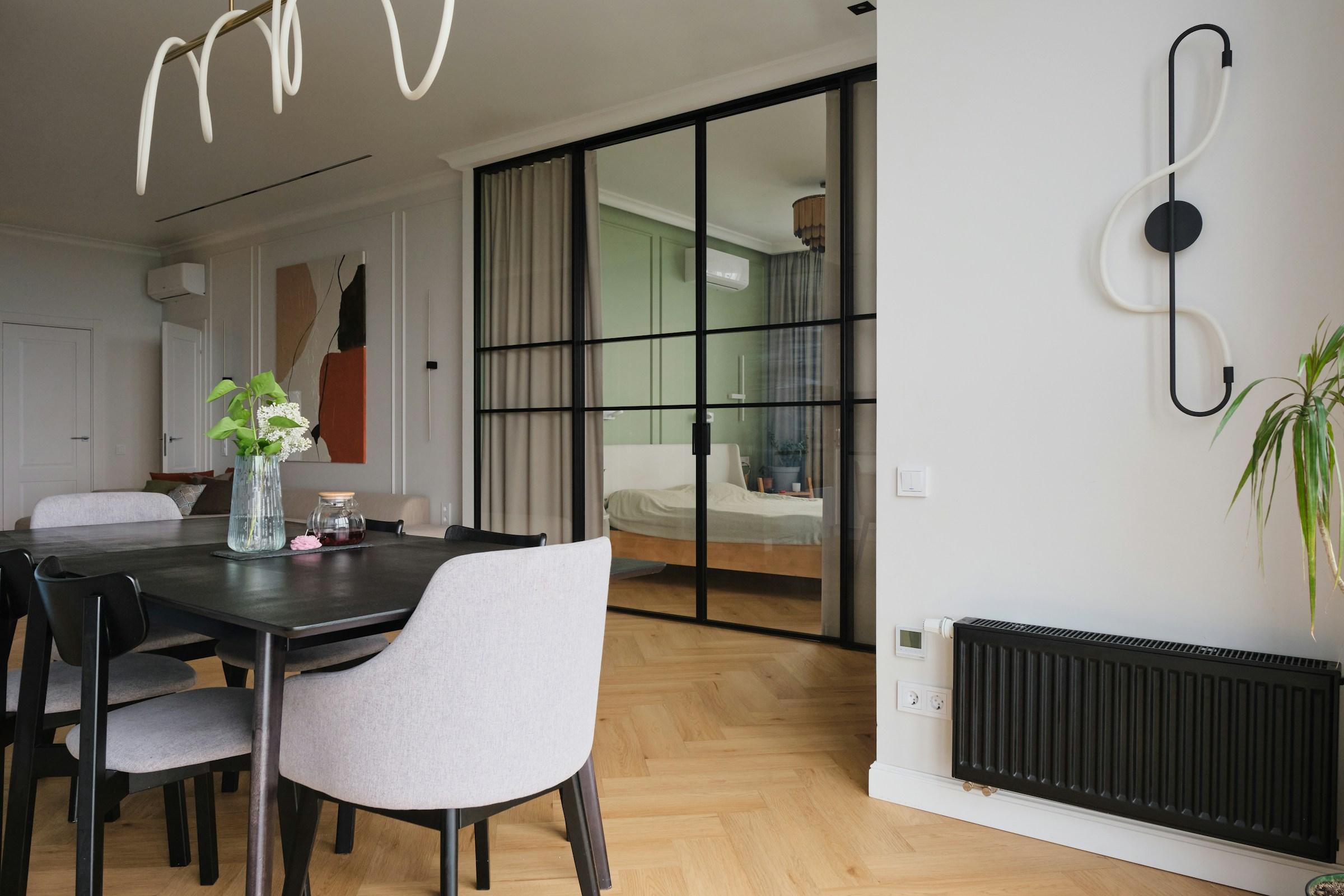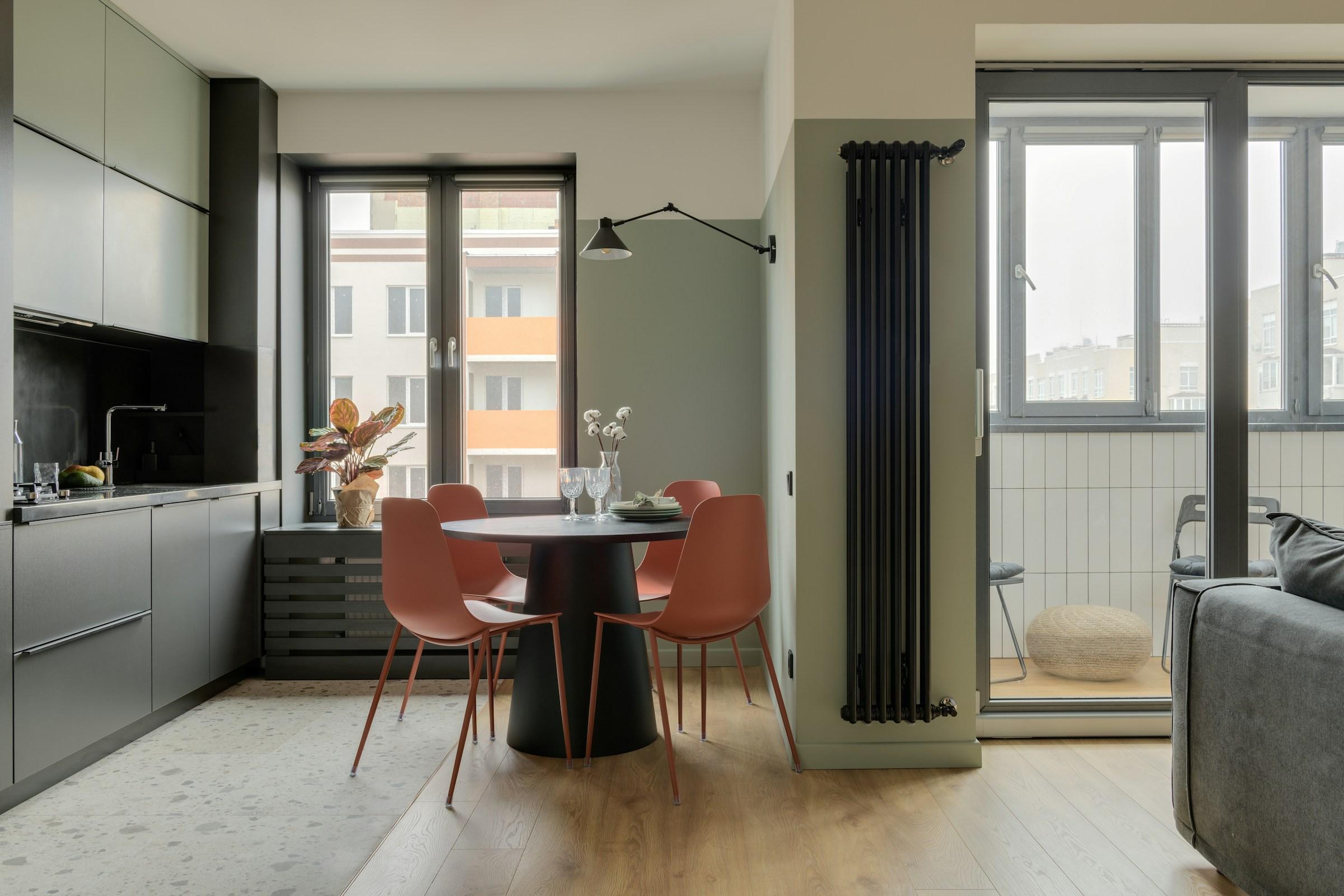Singapore’s public housing system is built to stabilise society rather than to maximise individual returns, and that design choice shapes the experience of every Build-To-Order buyer. The flats expand access to homeownership, temper volatility, and anchor long term planning for households across income bands. At the same time, they come with a cluster of constraints that operate like guardrails around a family balance sheet. When people discuss the drawback of buying a BTO flat in Singapore, they often look for a single flaw. The reality is more subtle. The tradeoffs are structural, policy driven, and show up gradually across the years in the form of liquidity limits, mobility frictions, curated price discovery, and intergenerational planning questions.
Liquidity is the first reality check. A large share of a household’s savings gets parked in a single, immovable asset that cannot be freely sold or leased during the Minimum Occupation Period. That lockup is intentional, because the scheme is designed to discourage speculation and to support stable communities. For the family, it means that capital cannot be recycled quickly into new opportunities, whether that is a business, a role in another city, or a different property. In quiet economic periods this can encourage steadier financial behaviour. In seasons where careers are mobile and regional opportunities open up, the inability to exit quickly starts to feel like a portfolio penalty. The balance between social stability and personal agility is set by policy timelines rather than by the buyer’s risk appetite.
Price discovery in the BTO world is also curated. Entry prices are benchmarked against policy goals and supply planning, not pure market clearing. This reduces downside shocks for first time buyers and helps keep housing within reach for a broad middle. The hidden cost is that valuation becomes partially decoupled from the private market cycle. When a flat eventually reaches the resale channel, outcomes depend not only on neighbourhood demand and general economic conditions, but also on the evolution of grants, eligibility rules, quotas, and future supply releases. The buyer is not purchasing pure market exposure. They are buying into a managed system that constantly recalibrates itself in the name of fairness and cohesion. That creates model uncertainty. It is difficult to discount future rule changes with the same logic one might use for a freehold private asset.
Mobility risk sits close to the surface in an economy that prides itself on regional connectivity. Constrained resale windows and leasing restrictions limit a family’s ability to follow jobs across borders or to right size quickly when life changes. A professional who needs to take a role in Hong Kong, Dubai, or a growing ASEAN capital may find that the timing of the move and the timing of the property rules do not line up. The missed option value can be meaningful, especially when the opportunity set compounds over time. For a globally mobile subset of households, this is not an abstract concern. It is a predictable friction that has to be priced into career planning.
Location introduces another layer of variance that a family cannot fully control at purchase. Balloting and staged supply create a wide dispersion of outcomes in commute times, school proximity, and access to growth corridors. The pricing and grants narrow inequality, but they do not equalise micro geography. A family that secures a less favourable location may find that the discount at entry does not translate into equivalent strength at exit, particularly if policy later increases supply or adjusts grants in nearby towns. The wedge between planning intent and lived amenity only resolves at resale, and there is no easy hedge against it.
Leverage interacts tightly with the state’s macroprudential settings. Loan to value ceilings, total debt service limits, and mortgage tenures protect the system from excess. They also constrain how households can smooth consumption and risk over the life of the loan. When rates rise or incomes become irregular, the limited menu of refinancing pathways within the public housing context can matter. In effect, the buyer accepts a financing partnership where the central bank and housing agency co determine the risk envelope. That is prudent at the national level, yet it can feel restrictive to households that value optimisation flexibility more than rule based safety.
The upgrade pathway that many assume when they enter the BTO system is not guaranteed. The familiar story moves from BTO to executive condominium to private property, funded by wage growth and a rising tide of demand. That story depends on cohort demographics, productivity, zoning scarcity, and the wider price environment. If those variables shift, the ladder compresses. A household anchored in a BTO can discover that the next rung is further away than expected, especially if policy leans toward broader affordability and cooling in order to manage social expectations. Stability improves, but optionality shrinks.
Intergenerational planning brings yet another set of considerations. A new flat with a long lease life offers security, but finite land tenure means the asset will behave differently from a private freehold condominium as decades pass. Families that hope to anchor education costs or elder care to housing equity need to recognise that the compounding path and end of life dynamics will be shaped by lease decay, redevelopment frameworks, and policy choices about renewal. The state designs these features for good public reasons. The private implication is that housing wealth inside the BTO framework does not map one to one with private property in markets where redevelopment rights and perpetual tenure change the slope of long horizon returns.
Policy risk is often understated in casual conversations. The housing board can recalibrate grants, revise balloting priorities, or shift the supply cadence to meet national objectives. Those adjustments protect social cohesion and price stability. They also change the exit environment for existing owners. Buyers focus on predictable instalments and the comfort of tenure. They spend less time on the fact that their eventual resale price will be co determined by a regulator with a mandate that goes beyond individual appreciation. This is not an indictment of the regulator. It is a reminder that a BTO flat sits inside a living policy architecture. Anyone who treats it like a pure market instrument will misread the signals.
Looking beyond Singapore helps clarify intent. Hong Kong manages public stock at scale, but its interplay with private markets and historical resale pathways has produced different volatility and elasticity profiles. Large Gulf cities are still deepening mortgage systems while using policy levers to widen ownership. Singapore’s BTO sits closer to a calibrated social contract that trades some market freedom for strong baseline security. The results are admired in many places. The drawback for buyers who prioritise capital agility is that the social contract is embedded in the asset itself. One cannot hold the flat while opting out of the obligations that keep the system stable.
The Central Provident Fund interface magnifies the planning implications. Using retirement savings to service a mortgage is efficient within the schema and aligns incentives toward prudent borrowing. It also concentrates retirement exposure in domestic housing and ties the nest egg to the housing policy cycle. That concentration suits many households who plan to live and retire locally. For families with global income potential or cross border retirement options, it is better understood as a deliberate choice rather than an inevitability. Diversification becomes a separate project rather than a built in feature.
Set against all these constraints is a simple truth. The scheme has delivered access, predictability, and social stability at a scale that few cities can claim. The drawback of buying a BTO flat in Singapore is not evidence of failure. It is evidence of design. The flats are homes first and policy instruments second, and they are also partial savings vehicles that live inside a managed system. The benefits are tangible in the form of affordability and resilient communities. The costs are real in the form of constrained liquidity, curated price discovery, mobility frictions, and intergenerational complexity.
The correct mental model follows from that design. A BTO purchase should be framed as a long duration commitment to a specific social architecture. Buyers who understand this will measure success through stability, community ties, and predictable financing. Buyers who want region wide mobility, free market exposure, and broad optimisation flexibility will need to accept that the system is not built for that mission. In a small and open economy, housing doubles as a macro instrument. Buying into it aligns a family with the state’s aims. The decision is strategic rather than tactical. The best outcomes come when households see the trade clearly, price the constraints honestly, and choose according to the life they want to lead.











.jpg&w=3840&q=75)


